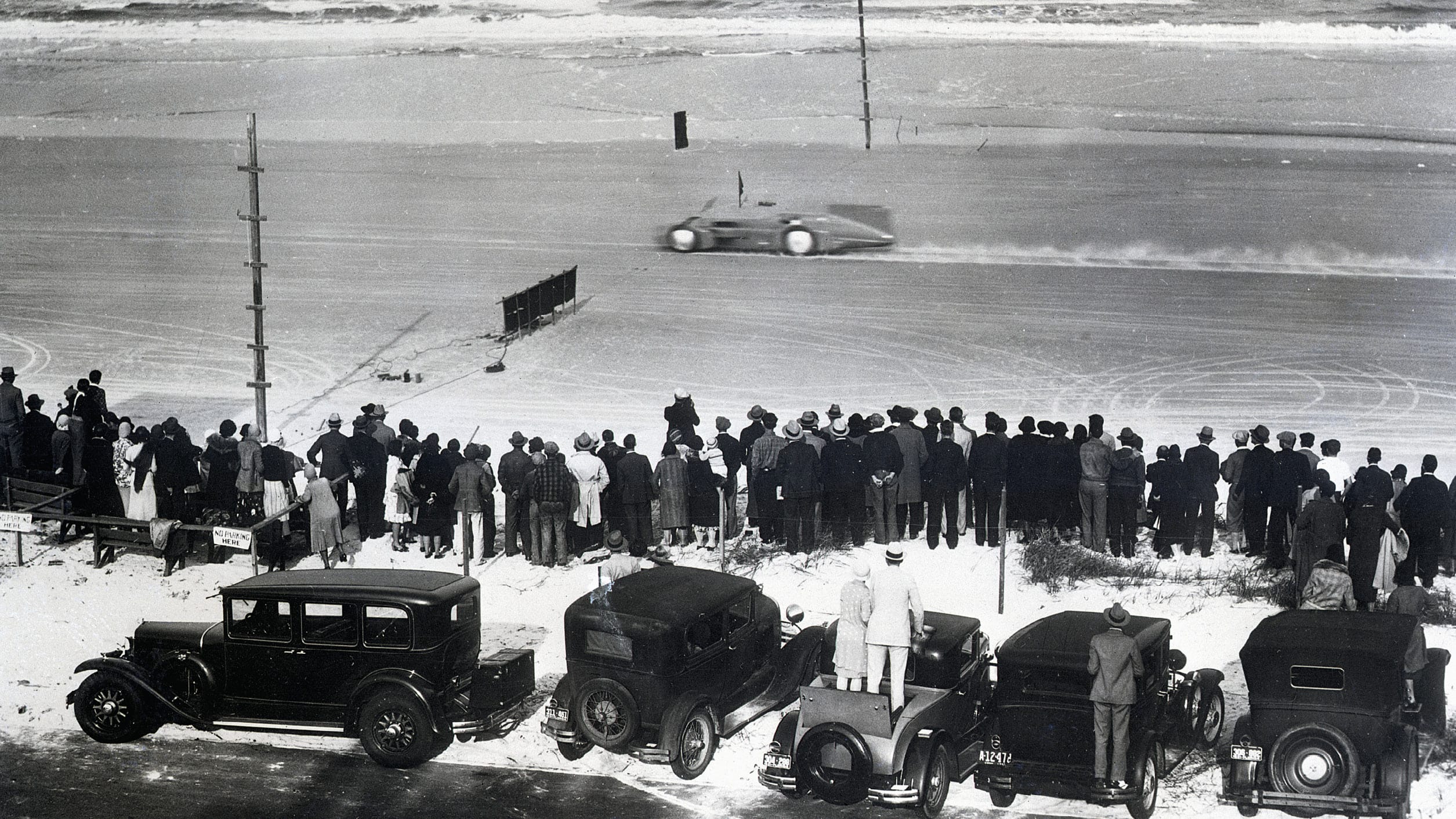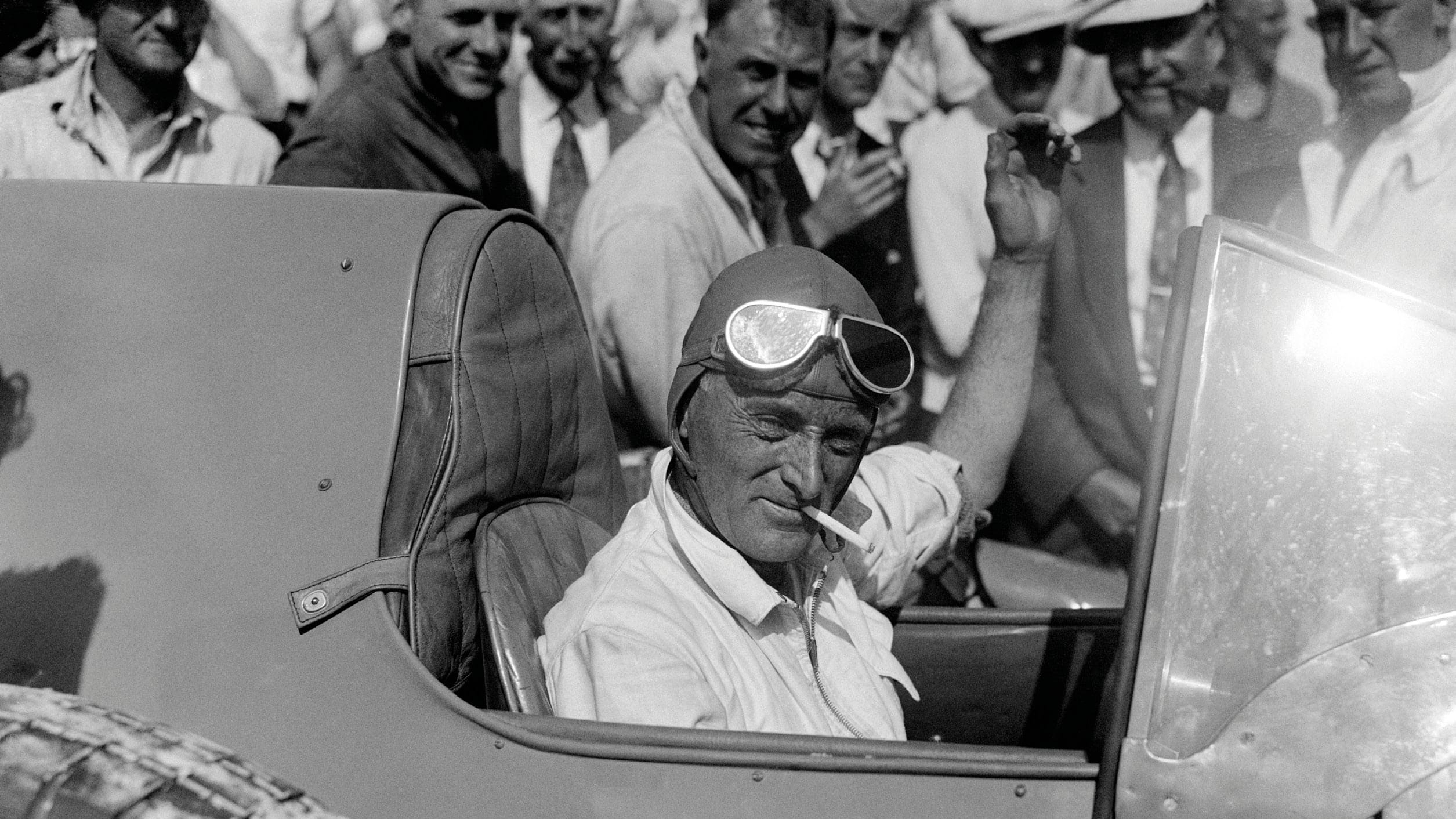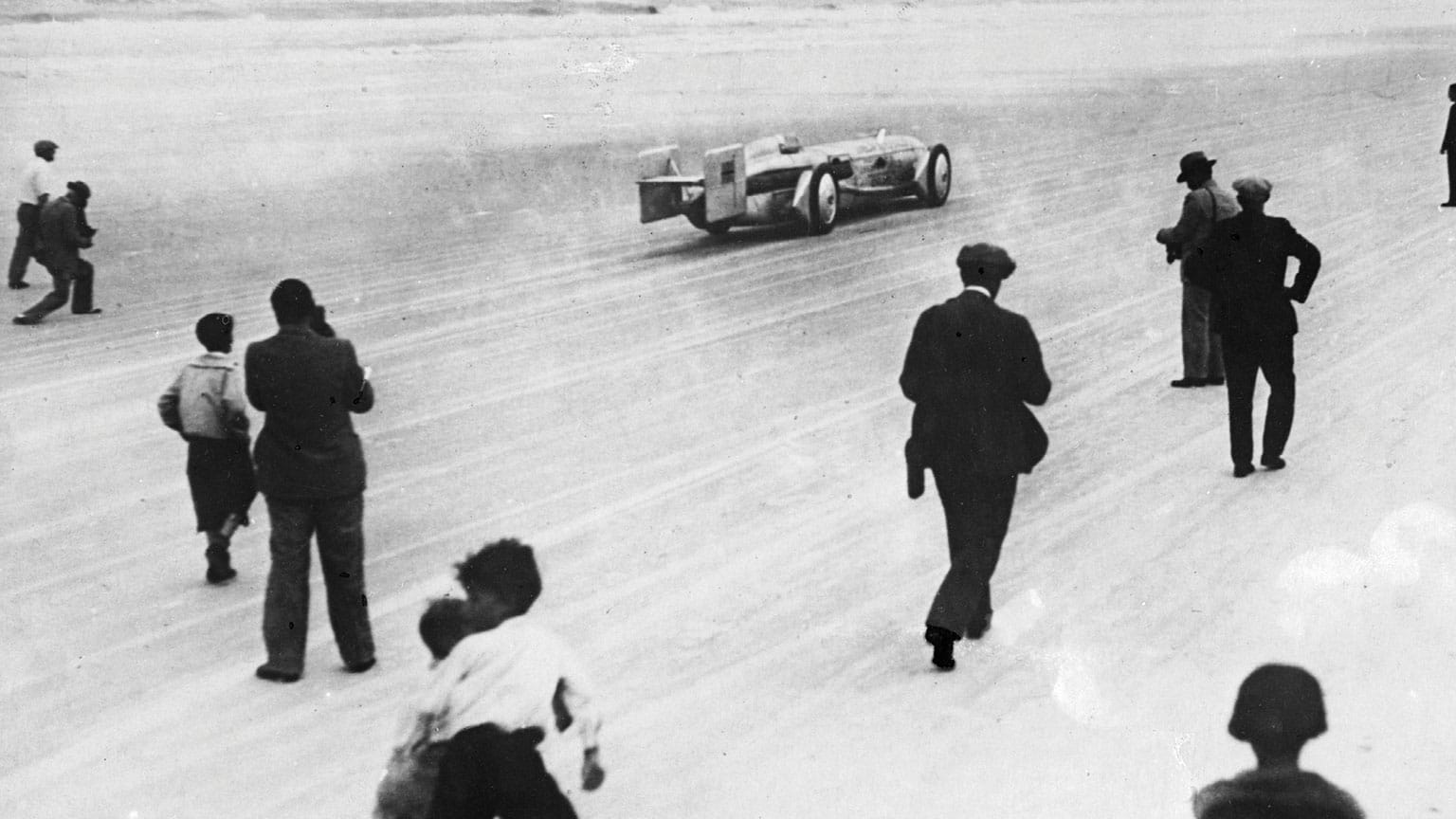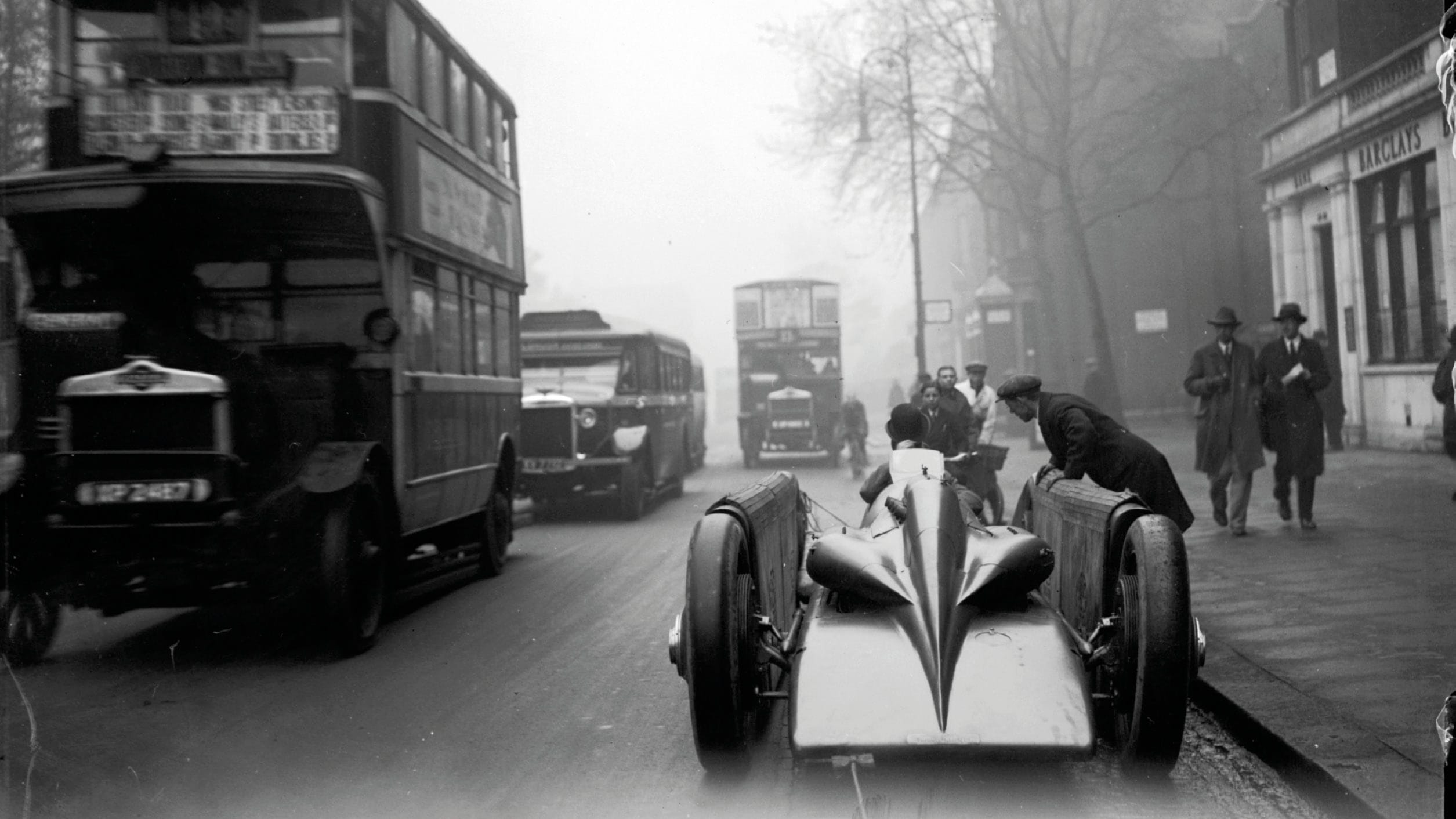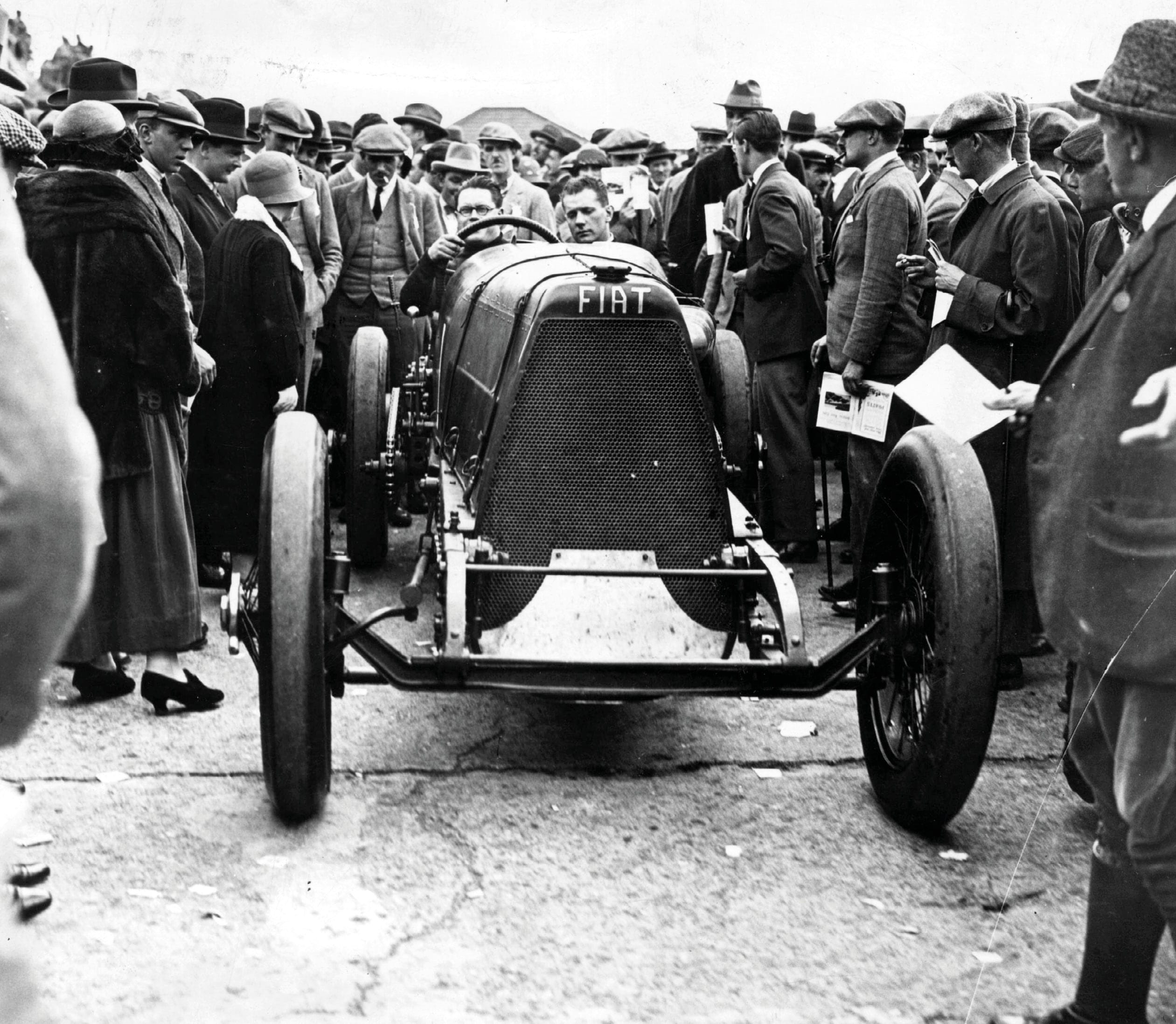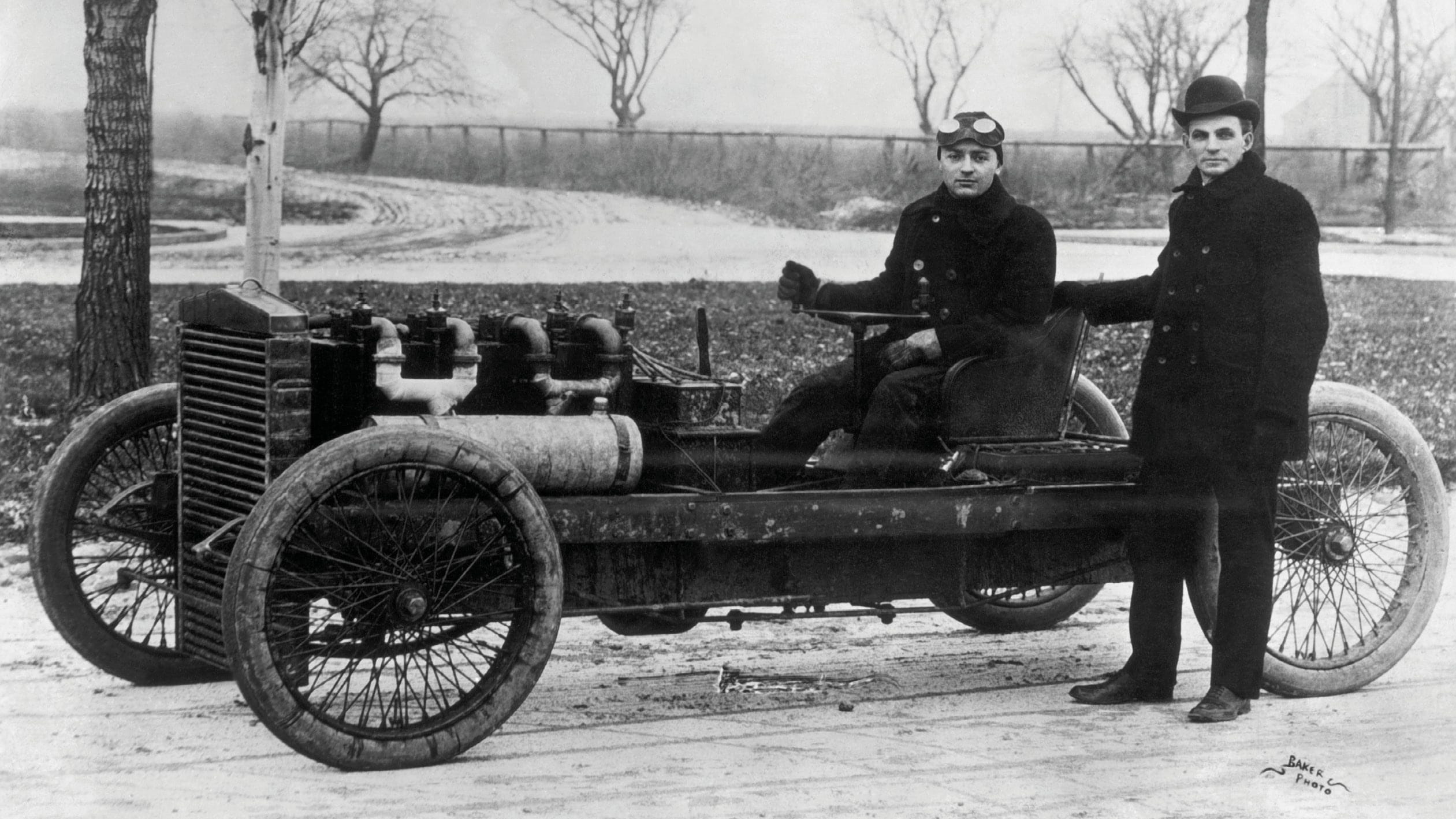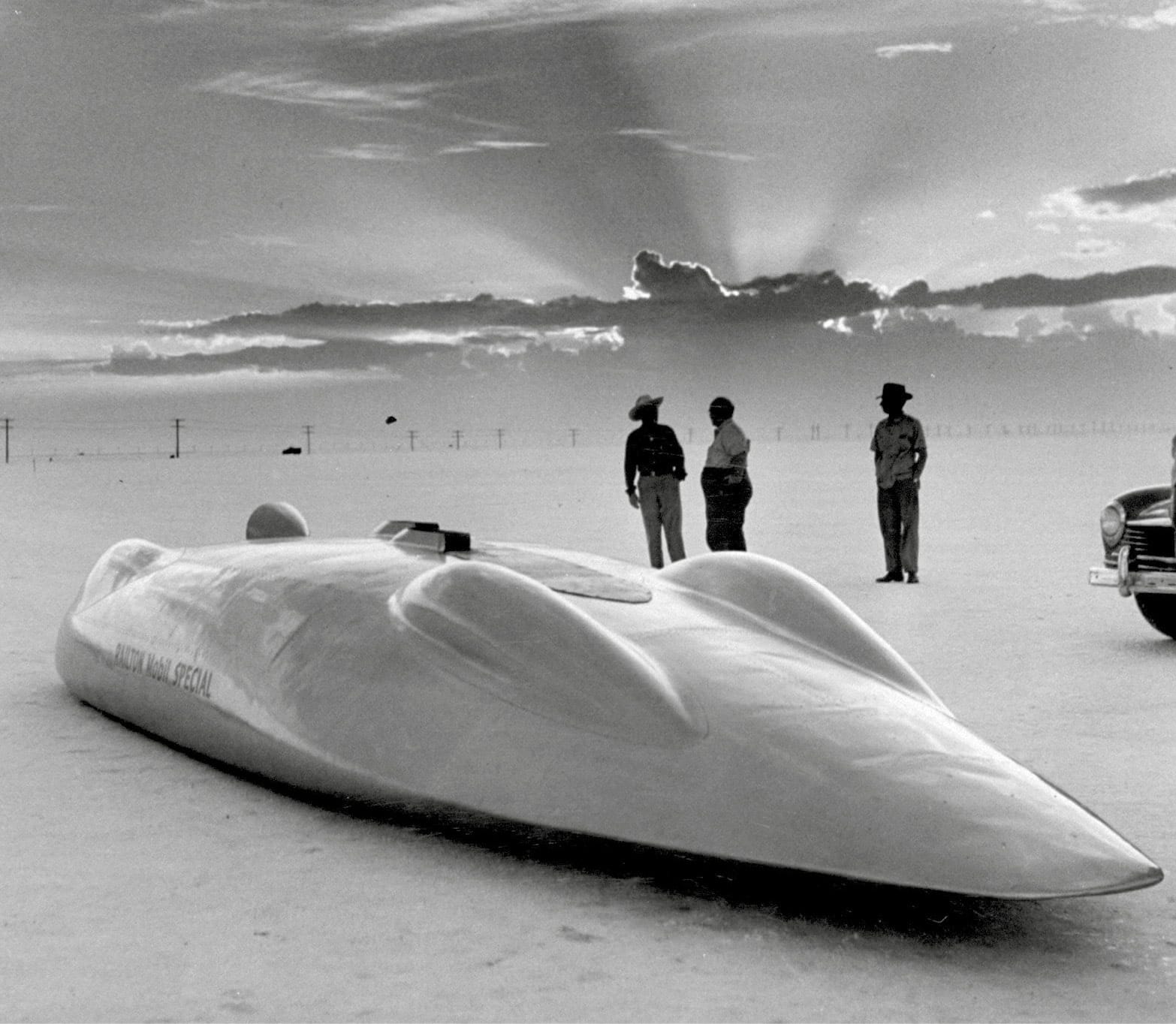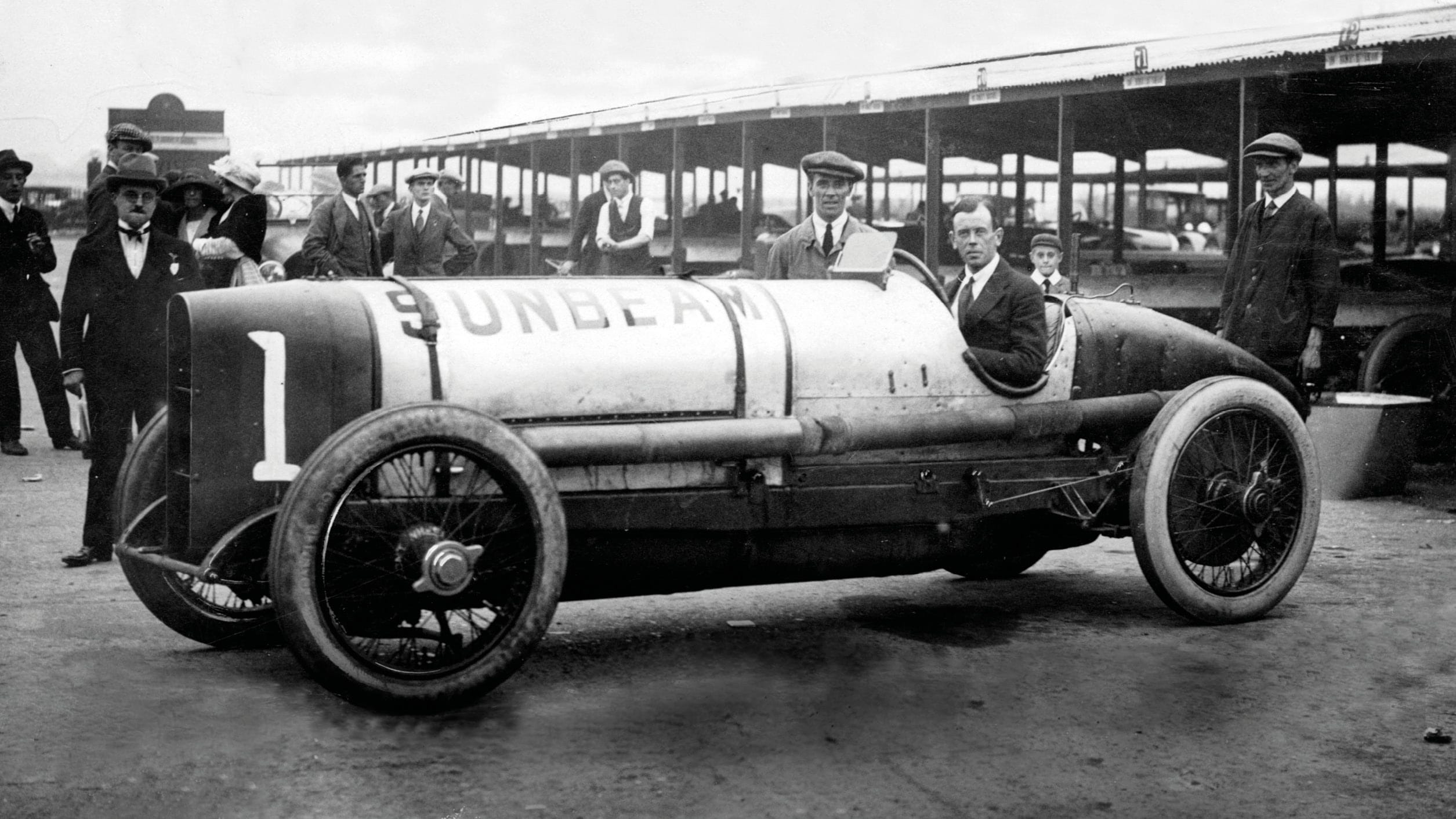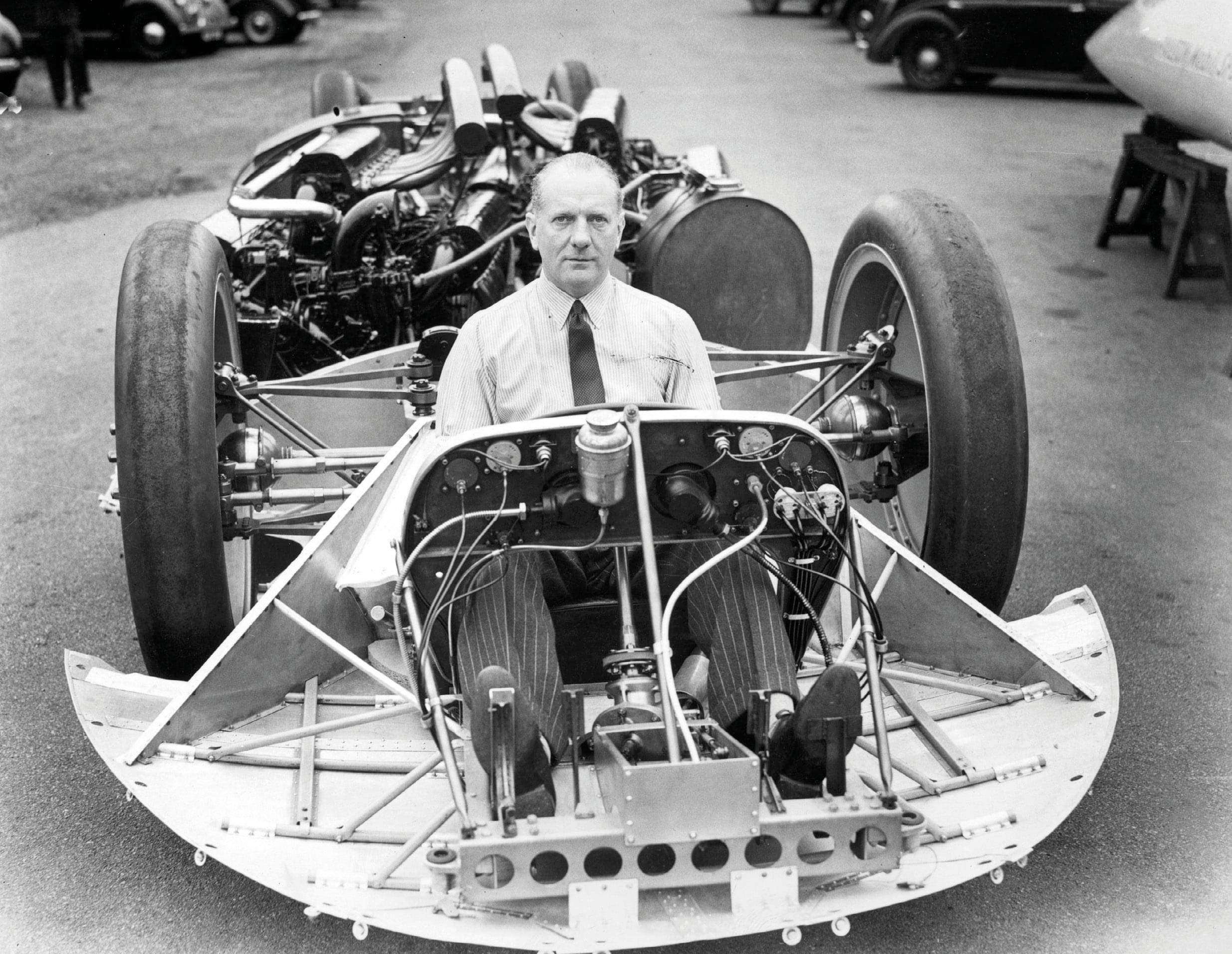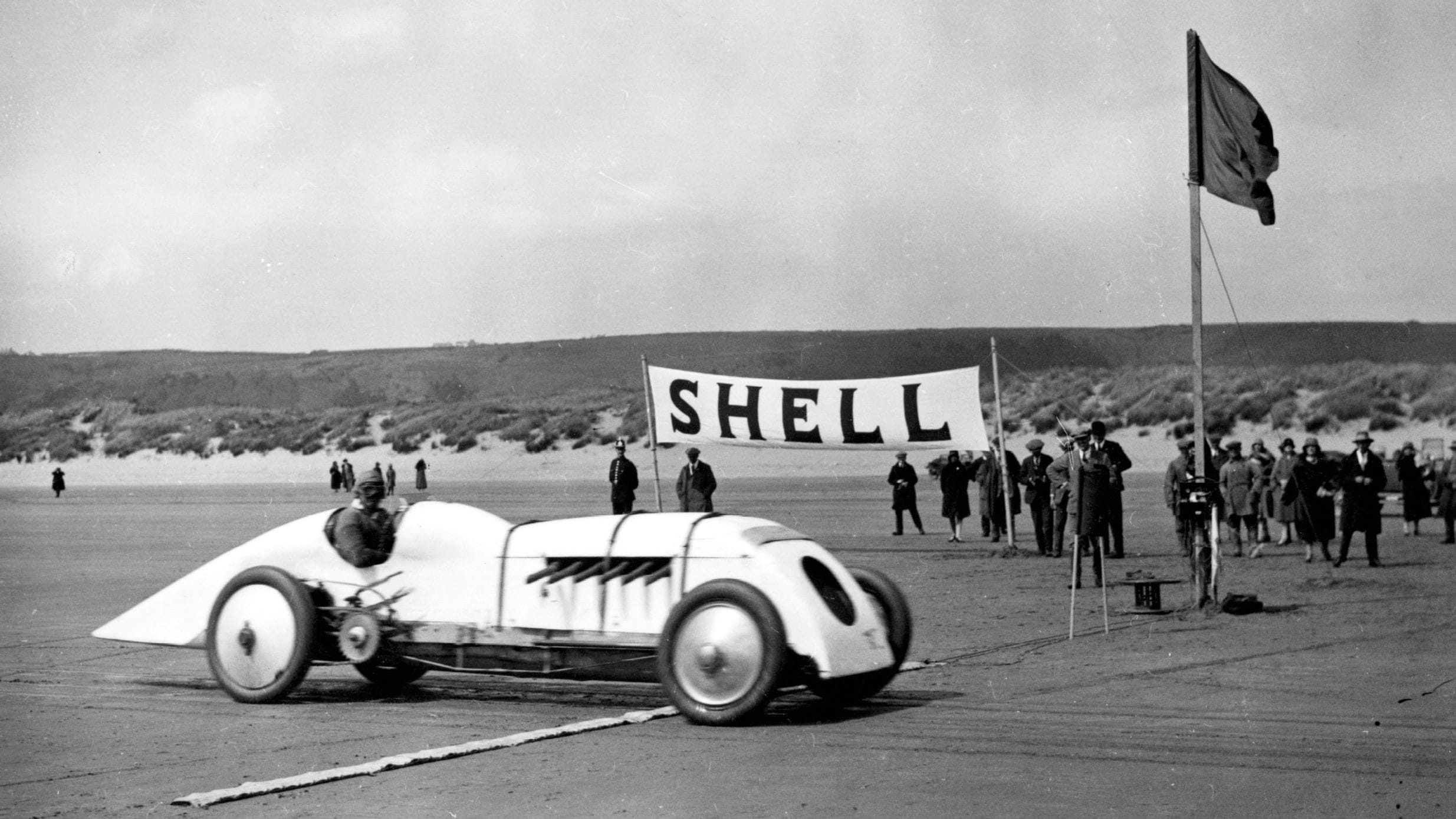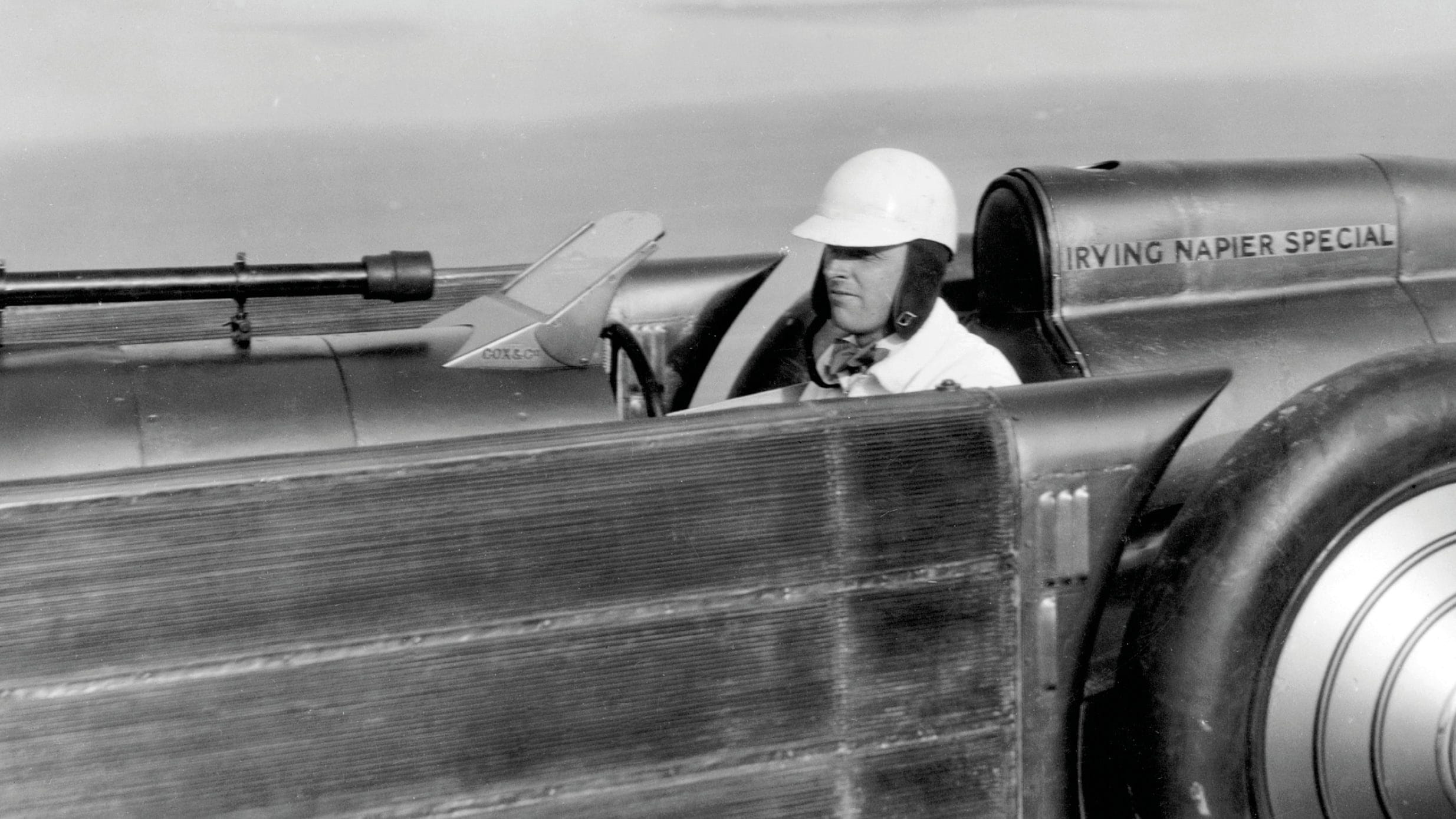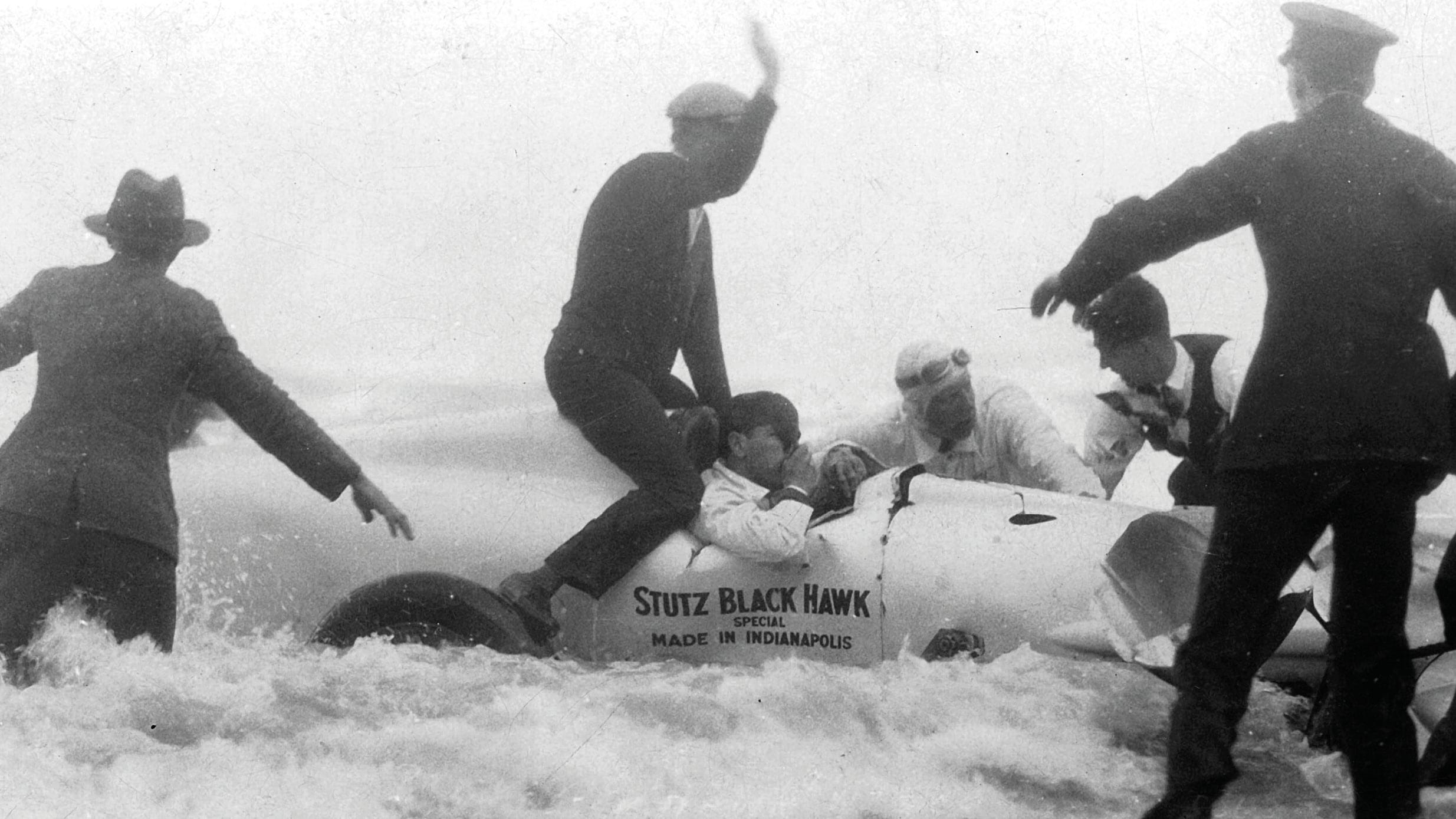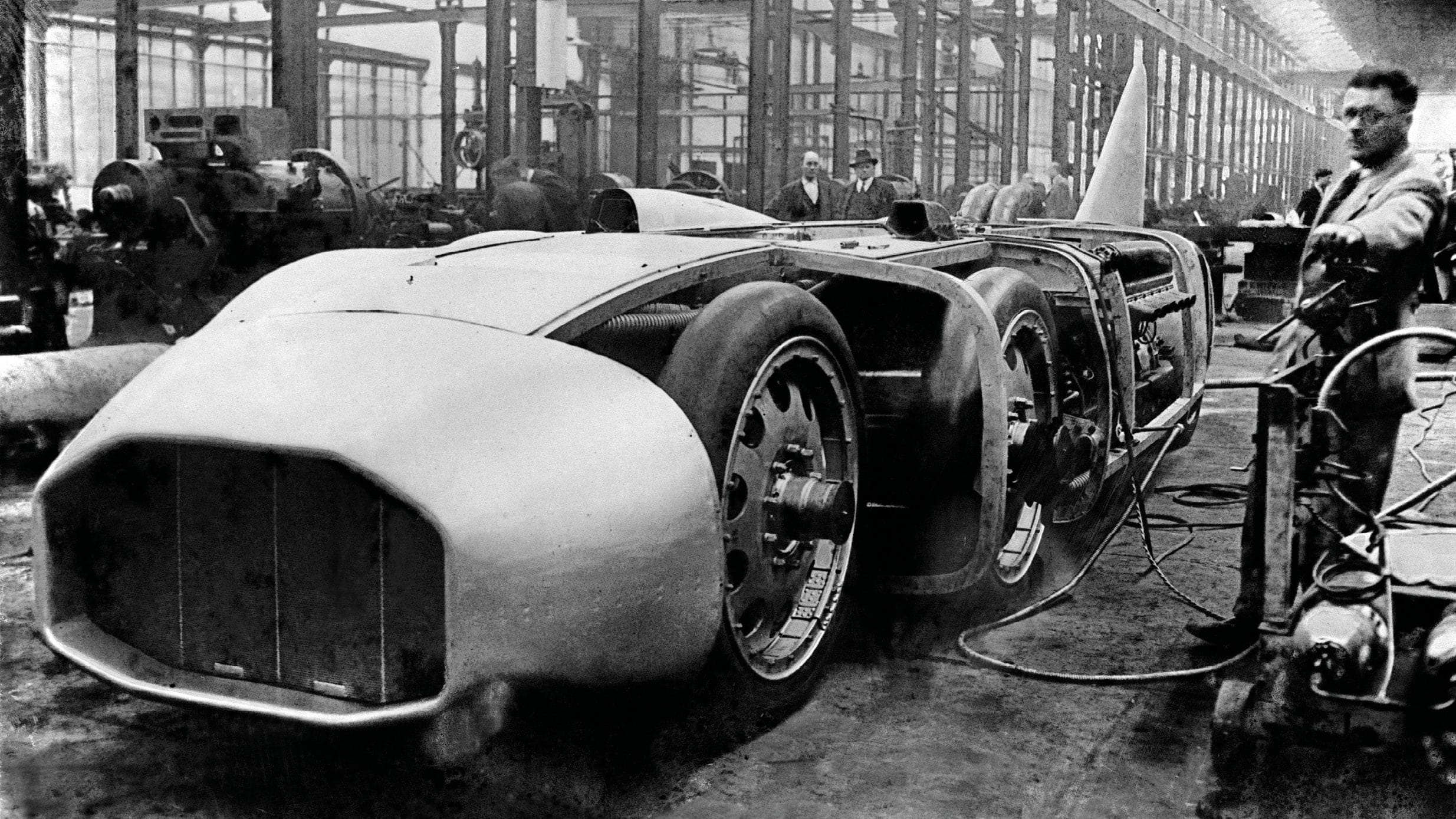Golden era of the land speed record: before the jet age
It is almost 60 years since the land-speed record entered the jet age. Simon Arron rewinds to a golden age of pre-1963 wheel-driven power – hasty cars designed to make waves
The noble art of chasing land-speed records is approaching the 60th anniversary of a significant crossroads. On August 5, 1963, Craig Breedlove’s jet-powered Spirit of America was clocked at 407.447mph across the Bonneville Salt Flats in Utah. It wasn’t the first time 400mph had been exceeded on land – 16 years earlier, John Cobb’s Railton Mobil Special had managed a single 403mph run – but Breedlove was first to record it as a two-way average.
Trouble was, Spirit of America didn’t comply with the rulebook. FIA regulations mandated that cars should have four wheels, at least two of which must be driven (Spirit of America had three and none respectively), but motorcycle racing’s governing body the FIM subsequently created a class for non-wheel-driven vehicles and Breedlove’s benchmark was ratified retrospectively.
In the summer of 1964, Donald Campbell took the FIA land-speed record at Lake Eyre, Australia, with Bluebird CN7 (403.10mph) – but later that year the two governing bodies met and agreed that there should be a single, absolute land-speed record, irrespective of the prevailing regulations.
The autumn of 1964 proved particularly fertile for record-breaking: between October 2 and October 27, Tom Green (in Wingfoot Express), Art Arfons (Green Monster) and Breedlove nudged the bar ever higher, Arfons eventually setting it at 536.710mph. Little more than a year later, Breedlove – the first man to have broken 400mph and 500mph – completed his hat-trick with a 600.601mph run at Bonneville on November 15, 1965.
The pursuit of speed records had commenced at Achères, France, at the tail end of the 19th century, and the first – set by Count Charles-François Gaston Prosper de Chasseloup-Laubat – fell just short of 40mph. Things had moved on a touch by the early 1960s – and the images on these pages track the record’s evolution through to the dawn of the jet age.
It was Craig Breedlove who set those wheels in motion, even if none of his happened to be driven…
Daytona Beach
February 5, 1931
Looking like something from a distant future alongside period road cars, Captain Malcolm Campbell’s Bluebird crosses the finishing line to raise the land-speed record to 245.733mph – an achievement later recognised with a knighthood
Daytona Beach
February 22, 1933
It had yet to be acknowledged that smoking was potentially more harmful to one’s health than chasing speed records, so the now Sir Malcolm Campbell celebrated with a cigarette after raising the bar yet again, this time leaving it at 272.108mph
Daytona Beach
March 27, 1930
Irishman Kaye Don set a number of speed records at Brooklands and hoped to raise the land-speed record to 250mph at the wheel of Sunbeam’s Silver Bullet, powered by two supercharged V12s. He is pictured here on a test run, but the car fell short of expectations
London
April 1, 1929
Opposite ends of the aerodynamic spectrum on the streets of the UK capital – and no parking restrictions. Little more than a fortnight after Henry Segrave’s record 231.446mph run at Daytona Beach, Golden Arrow was en route to Selfridges, to be placed on display
Brooklands
June 9, 1924
Appreciative spectators gather around Fiat’s 21.7-litre aero-engined Mephistopheles, with Ernest Eldridge at the wheel. The following month, Eldridge went to Arpajon, France, to raise the land-speed record to 145.89mph – the last time it would be set on a public road
Grosse Point
October 25, 1902
Henry Ford, right, stands alongside his celebrated racer 999, which Barney Miller, seated, had just driven to victory in the Manufacturers’ Cup. In January 1904 Ford took the same car to New Baltimore to set a 91.37mph land-speed record, one that stood for only a few weeks
Horley
October 29, 1963
Craig Breedlove, right, visits the Surrey home of Sir Malcolm Campbell’s son Donald, as the two compare speed-record models. Earlier in the year, Breedlove had set the first jet-powered LSR in Spirit of America, though his 407.447mph had still formally to be ratified
Bonneville
September 16, 1947
At the wheel of his Railton Mobil Special (with W12 propulsion), John Cobb became the first person to exceed 400mph on land – though he managed it only in one direction. He came away with a new record, though, officially set at 394.196mph
Brooklands
May 15, 1922
Kenelm Lee Guinness poses with his 18.3-litre Sunbeam, which catapulted him to a fresh land-speed record of 133.75mph. It was the last time such a benchmark was recorded at Brooklands, though future LSRs would be set in the UK on the beaches at Pendine and Ainsdale
Brooklands
June 30, 1947
John Cobb looks a touch exposed at the wheel of his Railton Mobil Special. The car is pictured in the Thompson & Taylor workshop at Brooklands, where it was undergoing testing and development ahead of a successful LSR attempt later in the year
Pendine Sands
April 28, 1926
Driving Babs, with its 27-litre V12, John Godfrey Parry-Thomas set new land-speed records on consecutive days, finally leaving it at 172.09mph. He was killed while trying to go faster at the same location in March 1927, the first driver to perish during an LSR attempt
Daytona Beach
March 11, 1928
After retiring from motor racing to focus on speed records, Henry Segrave set several during the 1920s – the last of them with Golden Arrow. Like Campbell subsequently, his feats earned him a knighthood. He died in 1930, while chasing a new water-speed record
Daytona Beach
February 22, 1928
Spectators come to the aid of 1926 Indianapolis 500 winner Frank Lockhart, after his Stutz Blackhawk Special flipped into the sea during a speed-record trial. Shaken but unhurt, Lockhart returned to Daytona two months later and crashed again, this time fatally
Tipton
September 12, 1937
To the right, George Eyston monitors progress on his LSR challenger Thunderbolt (powered by two Rolls-Royce aero engines) as it takes shape in the West Midlands factory of Bean Cars. It would later set three records at Bonneville, the quickest of them at 357.5mph
